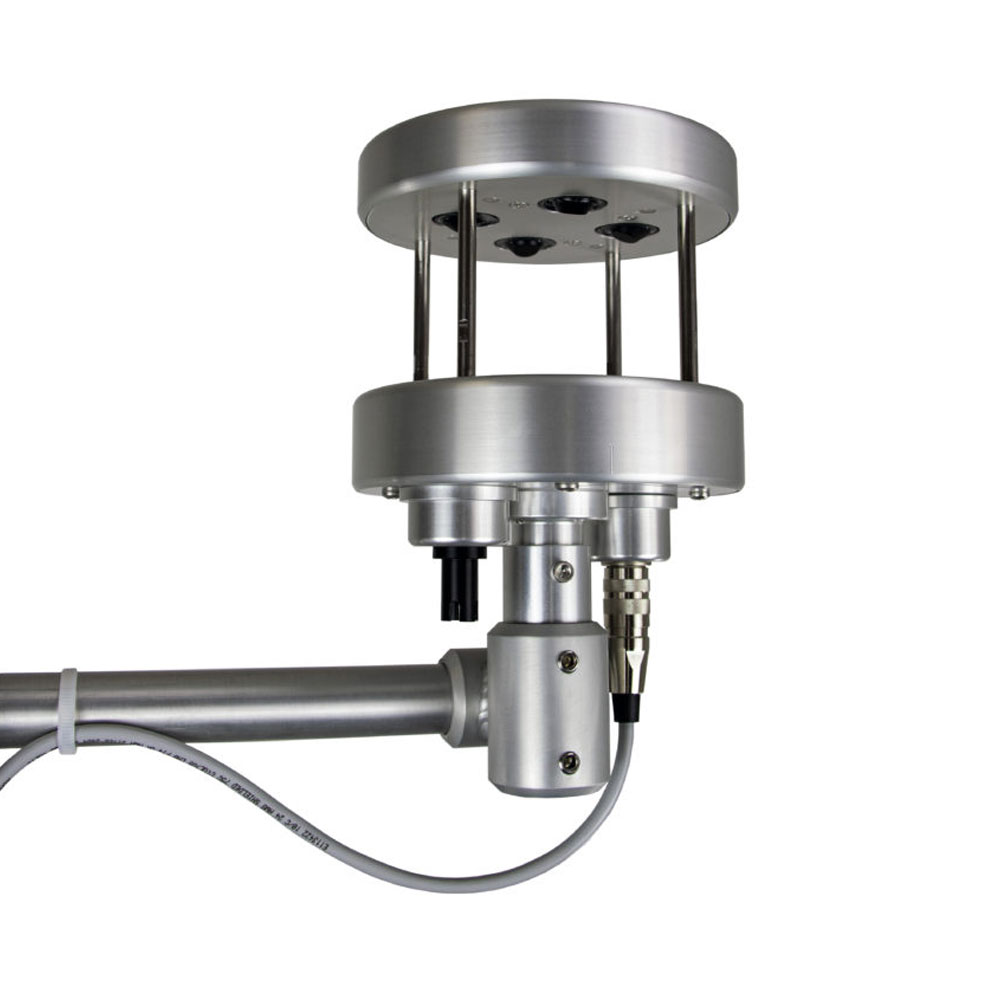Anemometer Innovations: The Latest Technology for Wind Rate Dimension
Anemometer Innovations: The Latest Technology for Wind Rate Dimension
Blog Article
All You Required to Learn About Anemometers: Exactly How They Function, Why They Matter, and Where to Use Them
Anemometers, though frequently ignored in the world of clinical instruments, play an essential role in various fields, supplying valuable insights right into wind rate and air flow patterns. Understanding the auto mechanics behind these devices is important for any person looking for to harness the power of this information. From meteorologists tracking climate patterns to designers developing structures with wind lots in mind, the applications of anemometers are diverse and significant. As we look into the complexities of anemometer innovation, we will certainly uncover the inner workings of these devices, their relevance, and the essential factors to consider when picking the ideal anemometer for specific applications.

Anemometer Essentials
An essential tool utilized to measure wind rate and instructions, the anemometer plays an important role in weather forecasting and different markets. An anemometer generally consists of 3 or 4 mugs that rotate in the wind, a vane that directs right into the wind, and sensors to track the motions or rotations. By calculating the rotations or motions over a certain period, the anemometer can figure out wind rate. The vane helps identify wind direction by aiming right into the wind, providing useful information for weather condition projecting, aeronautics, maritime operations, ecological monitoring, and wind power applications.
There are numerous kinds of anemometers offered, consisting of cup anemometers, vane anemometers, hot-wire anemometers, and sonic anemometers, each with its special attributes and applications. Mug anemometers are frequently used for basic wind speed measurements, while vane anemometers are preferred for directional measurements. Hot-wire anemometers are suitable for low airspeeds, and sonic anemometers are ideal for high-precision dimensions in research study and industrial settings. Comprehending the basics of anemometers is vital for precise wind data collection and analysis throughout different sectors.
Concepts of Anemometer Procedure
Building on the foundational understanding of anemometer fundamentals, the principles of anemometer procedure clarify the auto mechanics behind wind rate and direction measurements. Mug anemometers, for instance, have three or more cups that record the wind, creating them to spin quicker as the wind speed increases. Hot-wire anemometers count on a heated cable that cools down as wind passes over it, with the price of cooling down identifying the wind speed.
Significance of Anemometers
Anemometers play an important function in measuring wind speed and instructions, giving vital data for weather forecasting, environment blog researches, environmental surveillance, and aeronautics procedures. Meteorologists count on anemometers to collect precise wind data, helping them recognize climate patterns, predict tornados, and concern timely cautions to the public. Wind farm drivers make use of anemometers to examine wind problems and optimize power manufacturing from wind generators.
Applications Across Different Industries
Applications of anemometers extend throughout diverse industries, showcasing their versatility and utility beyond weather forecasting. In the sustainable power industry, anemometers play an essential duty in assessing wind problems for wind farm positionings, guaranteeing optimum power production. Industries like construction and mining use anemometers to monitor wind speeds, vital for safety methods, especially when functioning at heights or in open-pit mines where solid winds can position risks. Anemometers are likewise indispensable in the aviation industry, helping pilots in recognizing airspeed and wind instructions for risk-free take-offs and touchdowns. The maritime market gain from anemometers for ship navigation, aiding seafarers expect climate changes and readjust courses as necessary. In farming, anemometers assist farmers in managing plant spraying by supplying real-time information on wind rate to stay clear of drift. Moreover, anemometers locate applications in cooling and heating systems to enhance airflow and improve energy performance in buildings. The diverse usage instances of anemometers underscore their relevance across numerous industries, highlighting their essential duty i loved this in boosting operational security and performance (anemometer).

Picking the Right Anemometer for Your Needs
Selecting the appropriate anemometer customized to your specific demands is crucial for getting accurate wind rate and instructions dimensions. When choosing an anemometer, think about factors such as the designated application, required measurement array, ecological conditions, and desired functions. For basic functions, a cup anemometer is suitable for measuring wind rate, while a vane anemometer gives wind instructions data. Hot-wire anemometers are suitable for low airspeed dimensions, and ultrasonic anemometers provide high precision and sturdiness.

Verdict
In conclusion, anemometers play an important duty in gauging wind rate and instructions throughout numerous sectors. It is important to take into consideration the value of anemometers in order to make educated decisions when choosing the most appropriate gadget for measuring wind conditions.
There are various kinds of anemometers available, including mug anemometers, vane anemometers, hot-wire anemometers, and sonic anemometers, read review each with its unique attributes and applications. Cup anemometers are typically used for standard wind rate dimensions, while vane anemometers are liked for directional dimensions. Hot-wire anemometers are ideal for low airspeeds, and sonic anemometers are excellent for high-precision measurements in research study and commercial settings.Structure on the fundamental understanding of anemometer fundamentals, the concepts of anemometer operation clarify the mechanics behind wind speed and direction measurements. For general objectives, a mug anemometer is ideal for determining wind rate, while a vane anemometer supplies wind direction information.
Report this page